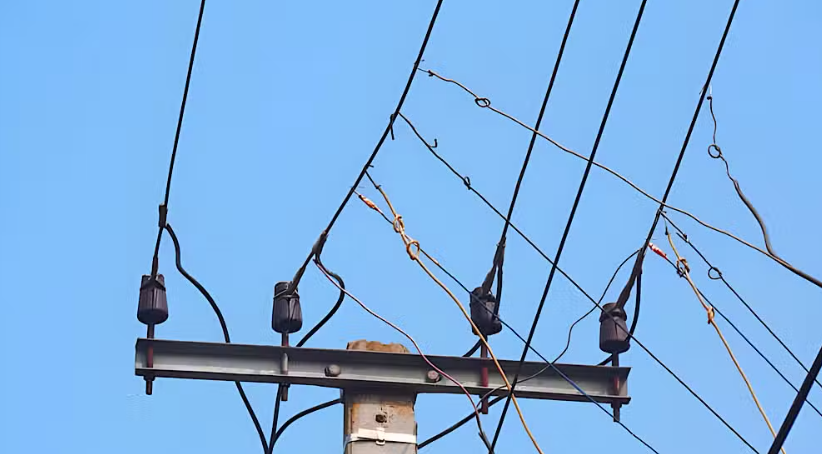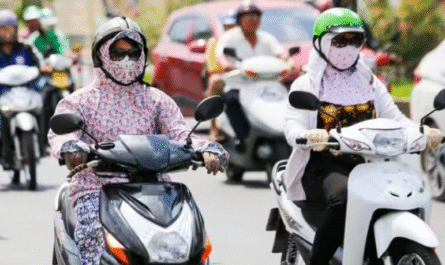The Islamabad Chamber of Commerce and Industry (ICCI) has called on the government to deepen recent electricity tariff reductions, emphasizing that more action is needed to protect Pakistan’s industrial sector and improve performance globally .
🏭 Why Businesses Want More Cuts
- Historical Burden: Although recent cuts (~Rs 7.59/unit for industry) offer relief, tariff levels remain high compared to regional peers. ICCI President Nasir Mansoor Qureshi and other leaders noted that elevated power costs continue to “erode industrial output and weaken our global market position”.
- Production Costs: Export-oriented industries face steep energy bills — one former FPCCI leader asserted that competitiveness requires tariffs of around Rs 25/unit (~9 cents), much below current rates.
- Unpredictable Rates: ICCI stresses that both industries and households need stable, predictable tariffs to plan operations, investments, and budgets effectively.
📈 Regional Comparison
LCCI highlighted that neighboring countries charge about 6–9 cents/kWh compared to Pakistan’s ~14 cents — a disparity that stifles competitiveness.
🧩 Structural Challenges to Address
ICCI and others have urged deeper reforms along these lines:
- Revisit IPP Contracts: Long-term dollar-fixed PPAs (power purchase agreements) benefit IPPs while burdening consumers — renegotiation could offer relief.
- Control Capacity Charges: Capacity payments now account for up to 70% of electricity rates. Advocates warn this structure heavily inflates costs.
- Rebalance Taxes & Levies: Surcharges, distribution costs, and taxes make up half of the final price. Removing them could substantially reduce bills .
- Promote Renewables: Facing high state power prices, industries are rapidly installing solar systems — some aim to reach 80% self-generation. While this boosts firms’ resilience, it also poses challenges for grid revenues.
- ICCI Urges Further Cuts in Electricity Tariffs to Boost Industrial Competitiveness.
💬 Voices from Home and Reddit
“Actual average cost to produce electricity… is just Rs 7.62/kWh. Rest is all surcharges, capacity and distribution costs.”
“Every bit of space I have… I want it covered in solar panels.” — Khawaja Masood Akhtar, describing his export-oriented business’s solar investments
These remarks underscore that both cost structure and renewable adoption are shaping current industrial energy strategies.
✅ What ICCI Wants
- Cut industrial power rate further — ideally near regional benchmarks.
- Long-term tariff stability — to support investment flows.
- IPP contract renegotiations — shifting terms from USD to PKR, reducing circular debt.
- Tax and surcharge rationalization — to ease hidden costs in billing.
🎯 Economic Payoff
By reducing energy costs, Pakistan stands to:
- Revive industries, avoiding closures and layoffs
- Improve export competitiveness
- Attract investment
- Curb inflation, since production savings pass through supply chains
🔭 What to Watch Next
- PEPCO/NEPRA reviews — will tariff cuts be extended or deepened?
- IPP negotiations — any renegotiation could unlock major savings.
- Budget 2026 measures — tax relief or subsidies may emerge.
- Solar adoption trend — whether industries keep switching or a grid-backed equilibrium is restored.
🚀 Final Take
ICCI’s appeal isn’t just about lowering bills — it’s about ensuring Pakistan’s industries can thrive in global markets. Marginal cuts are insufficient; structural reform and tariff predictability are needed to unlock sustainable industrial revival.



